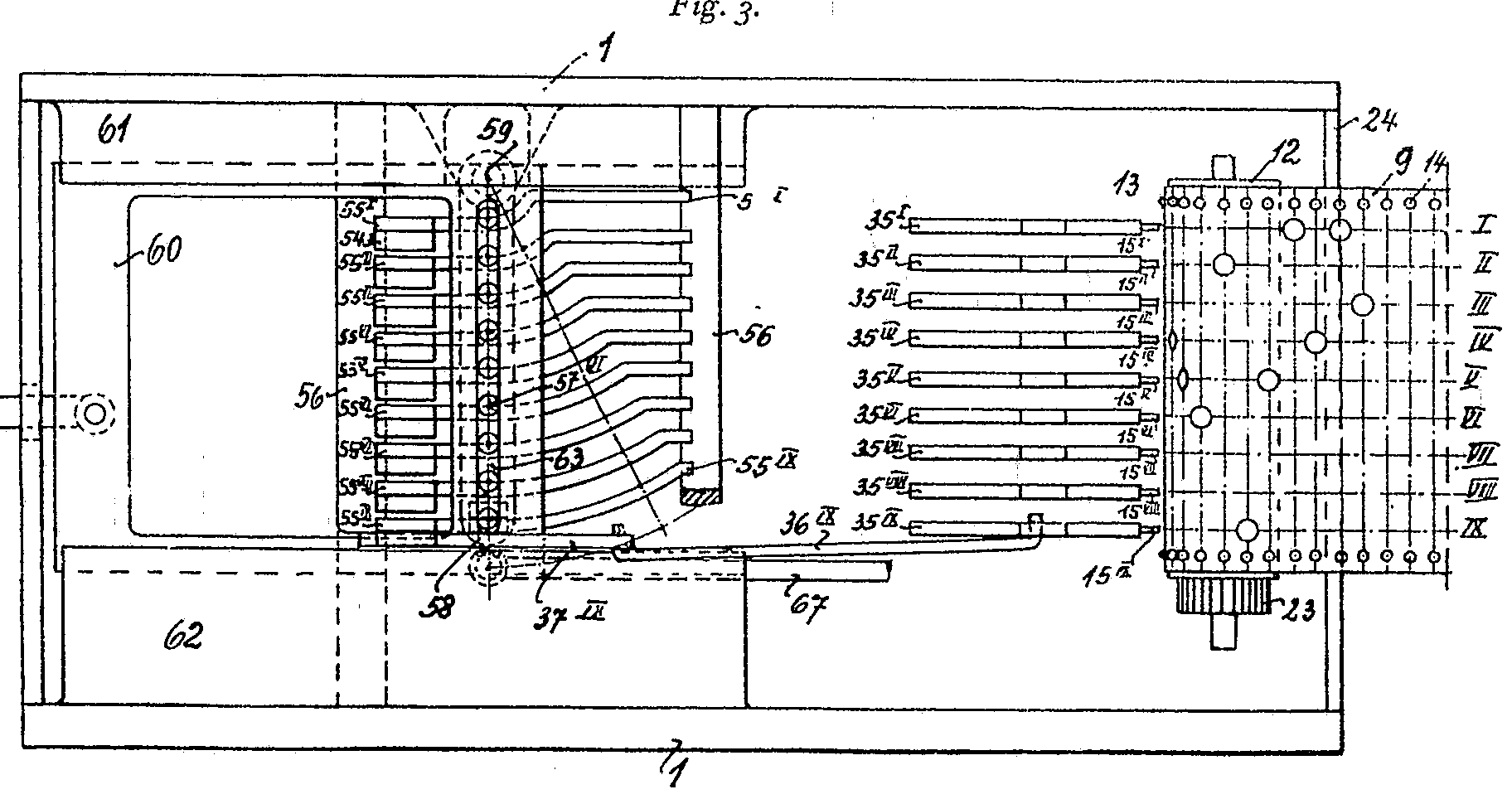A hundred years ago, German textile engineer Rudolf Zschweigert invented a remarkable encryption machine. A paper I recently published gives an introduction to this device.
Let me start with two notes readers of this blog might find interesting:
- Together with Claus Taaks I will give a webinar titled Alexander von Kryha and his Encryption Machines next Saturday (June 13, 2020) at 6pm German time (1600 GMT). The talk, which is organized by Bob Saltzman from the Crypto Collectors Group mailing list, is open for everybody and free of charge. If you want to watch it, send me a mail, then I will forward you the login data.
- Blog reader Ralf Bülow has published an interesting article about a cooperation between Siemens and East Germany in the 1970s. There is a relationship to the RUBICON affair.
HistoCrypt 2020 proceedings
HistoCrypt 2020, a conference I was eagerly looking forward to, was scheduled for June 15-17, which is next week. To my regret, this event had to be cancelled because of the corona crisis. So, I won’t have the chance to present the paper I had handed in and that was accepted.
While the conference itself won’t take place, the conference proceedings were produced and are available now online. I hereby want to thank Beáta Megyesi for the work she invested in compiling this book.
Check here for the table of contents, which links to all the papers contained in the HistoCrypt 2020 proceedings. You will see that many of the authors are active readers of this blog, including George Lasry, Nils Kopal, Gerhard Strasser, Richard Bean, and Paolo Bonavoglia.
The Zschweigert cryptograph
The paper I contributed to HistoCrypt 2020 is titled The Zschweigert Cryptograph – A Remarkable Early Encryption Machine. Here’s an abstract:
The Zschweigert Cryptograph is one of the many cipher machine designs developed in the years following the First World War (1914-1918). It was invented by textile engineer Rudolf Zschweigert, who had designed programmable stitching machines before and apparently transfered his computing expertise to cryptology. Unlike the Enigma and as good as all other crypto devices of the time, the Zschweigert Cryptograph implements a transposition cipher, not a substitution cipher. To the author’s knowledge, it was the first encryption machine that worked with keys provided on punched cards.The goal of this paper is to introduce the Zschweigert Cryptograph and its history, to provide a mathematical specification of its encryption algorithm, and to explore how it can be cryptanalyzed. It will be shown that the Zschweigert Cryptograph, which was probably never used in practice, was insecure even by the standards of the 1920s and not convenient enough to compete with other encryption machines of the time.
The Zschweigert Cryptograph is based on a mechanical typewriter. The key is provided on a punched card with nine columns, as can be seen on the following picture:
The only source describing the Zwschweigert cryptograph I am aware of is Zschweigert’s patent from 1920. Apart from this, my HistoCrypt paper appears to be the only work about this device ever published.
As is mentioned in my publication, there are still many open questions about the Zschweigert cryptograph:
- The biography of Rudolf Zschweigert is not especially well researched.
- It is not known how Zschweigert, who worked in the textile business, came to the idea of constructing an encryption machine and how much he was influenced by the textile technology of the time.
- In my paper, I provide a few approaches to cryptanalyze the Zschweigert cryptograph. It is certainly possible to examine this topic in more detail.
- The Zschweigert Cryptograph is one of the first (or even the first) encryption machines working with a key provided on a punched card. A comprehensive treatise of the use of punched cards in cryptology would be an interesting research project.
- A software implementation of the algorithm of the Zschweigert Cryptograph or even a simulator of the machine could be created.
If a reader can help to learn more about the Zschweigert cryptograph, let me know.
Follow @KlausSchmeh
Further reading: Who knows this cipher (?) machine?
Linkedin: https://www.linkedin.com/groups/13501820
Facebook: https://www.facebook.com/groups/763282653806483/




Kommentare (5)